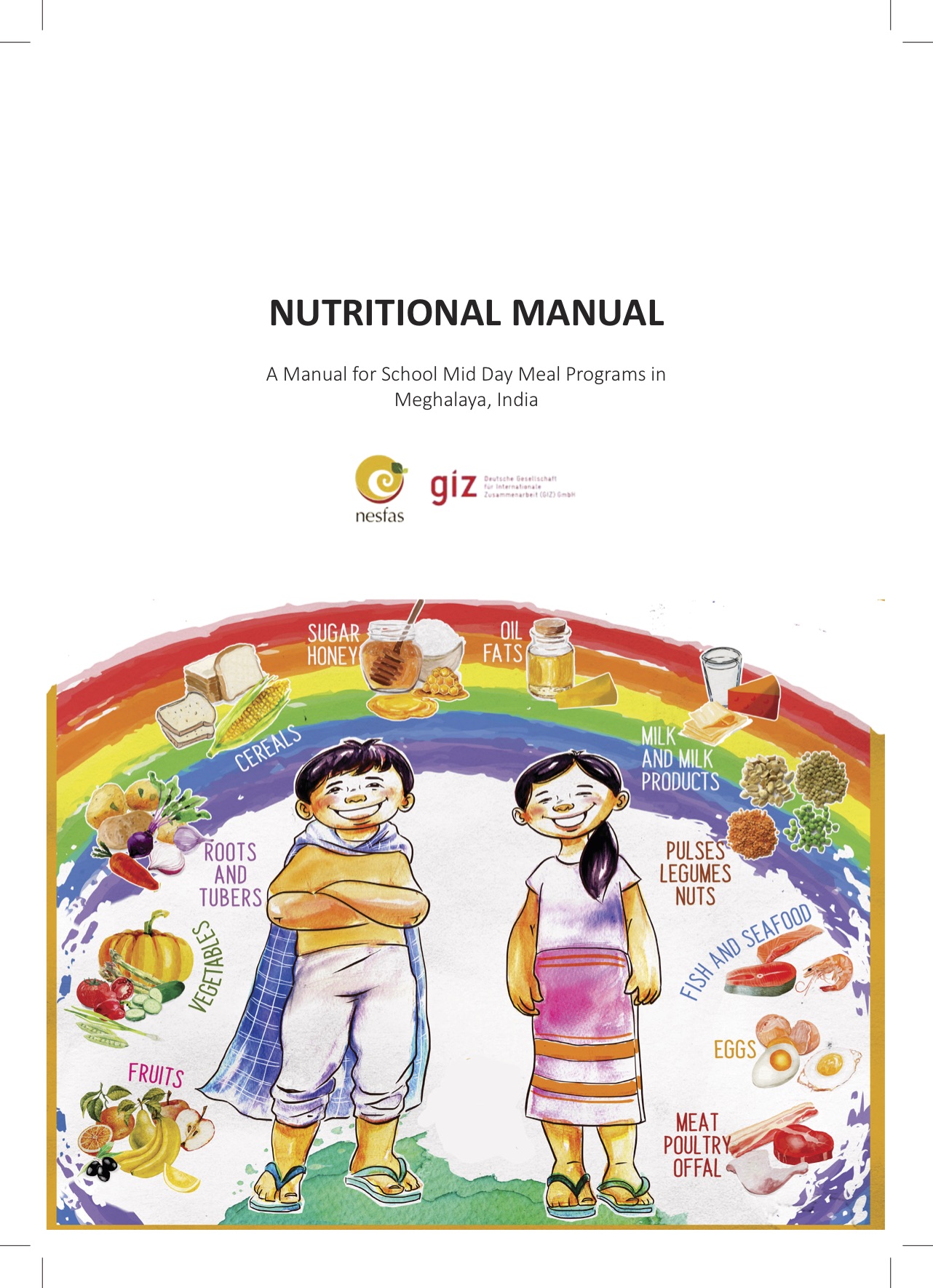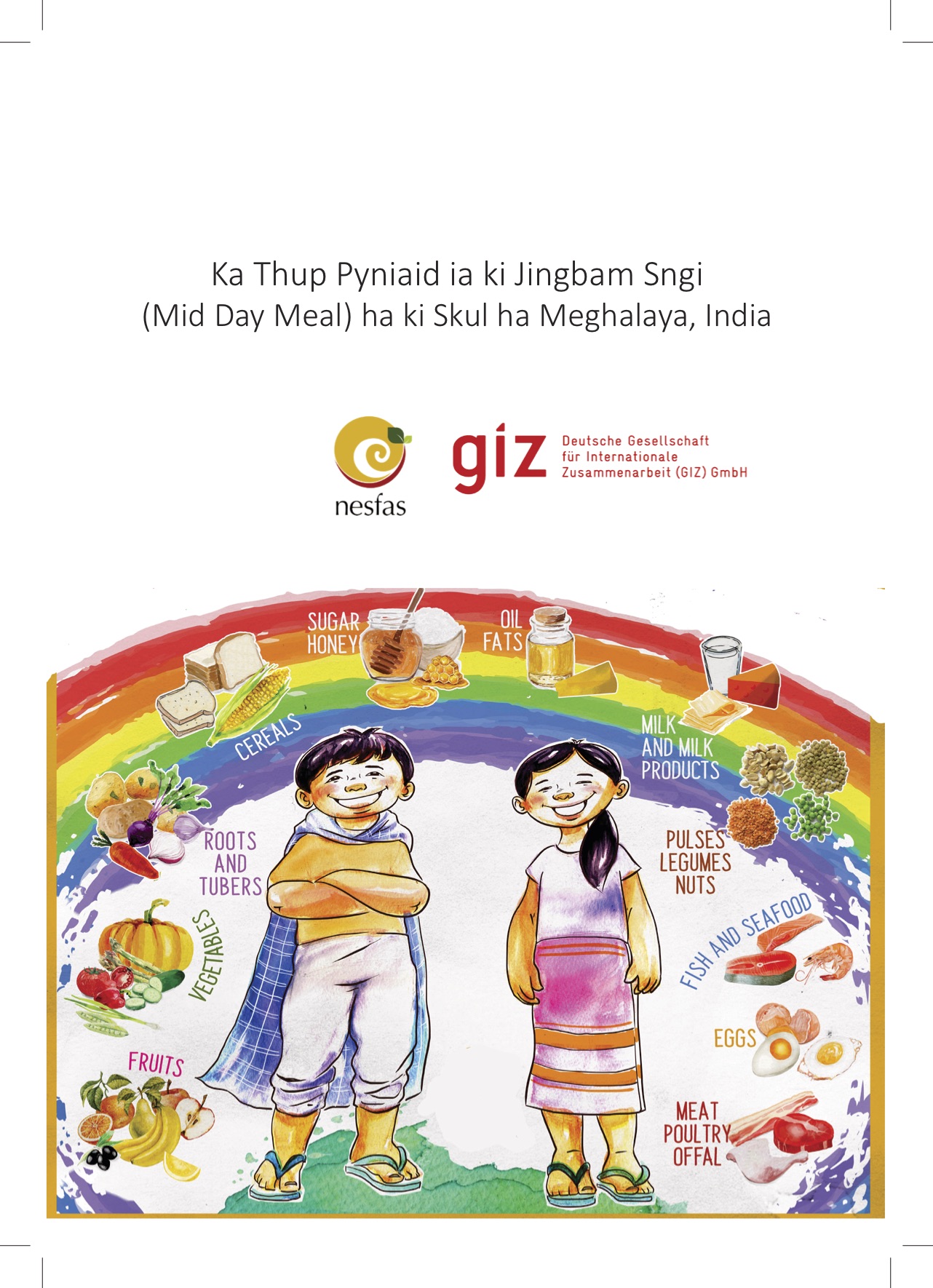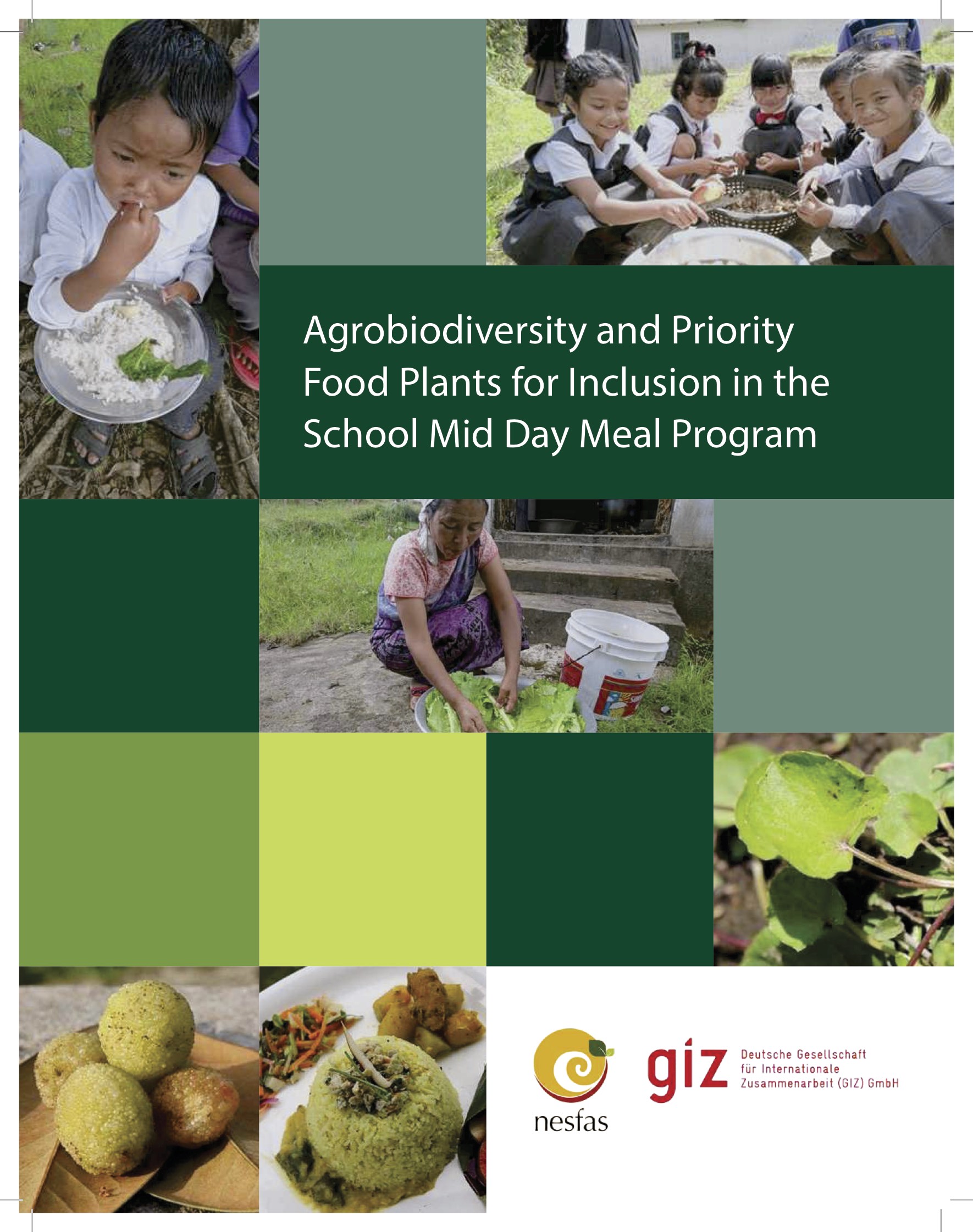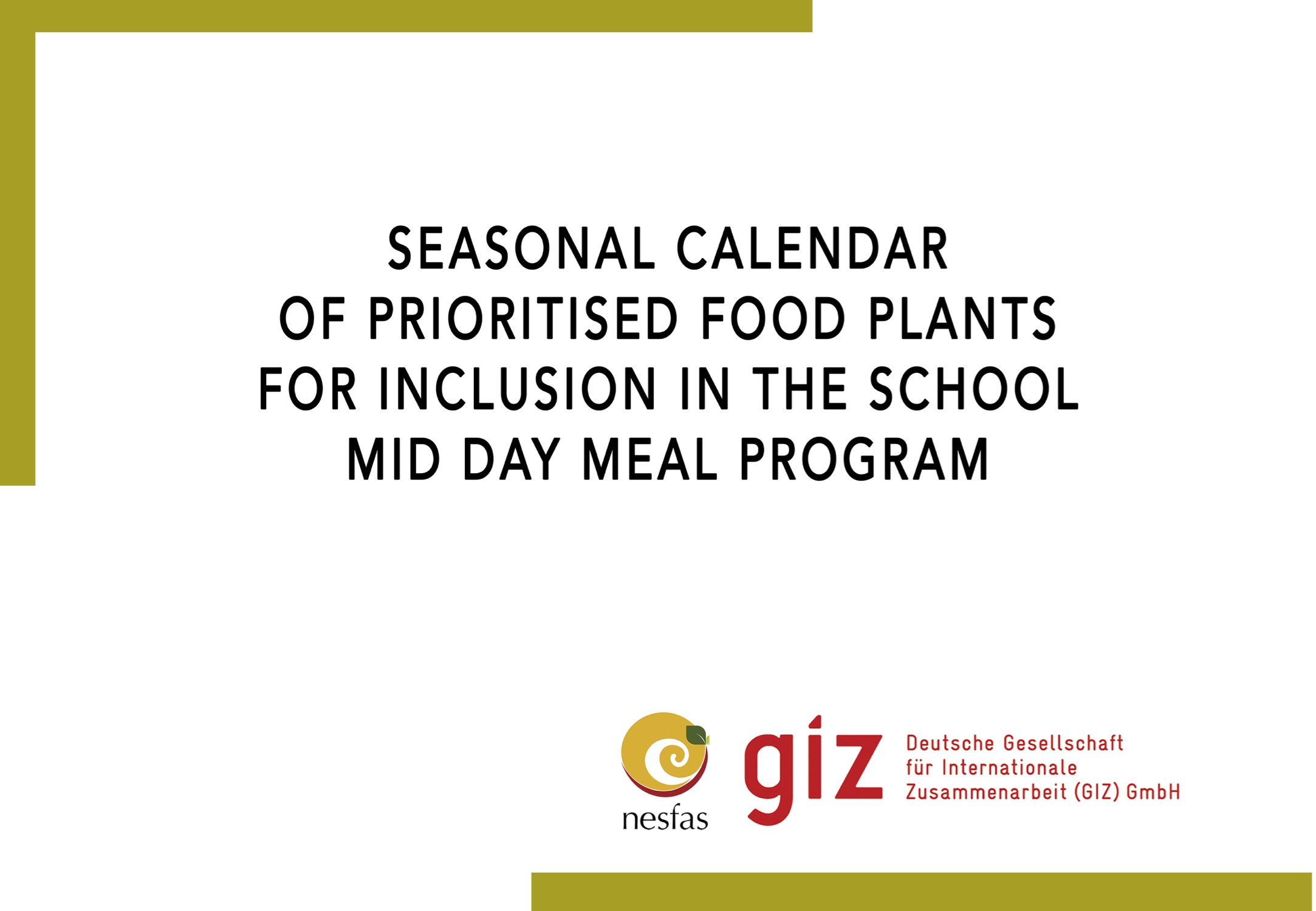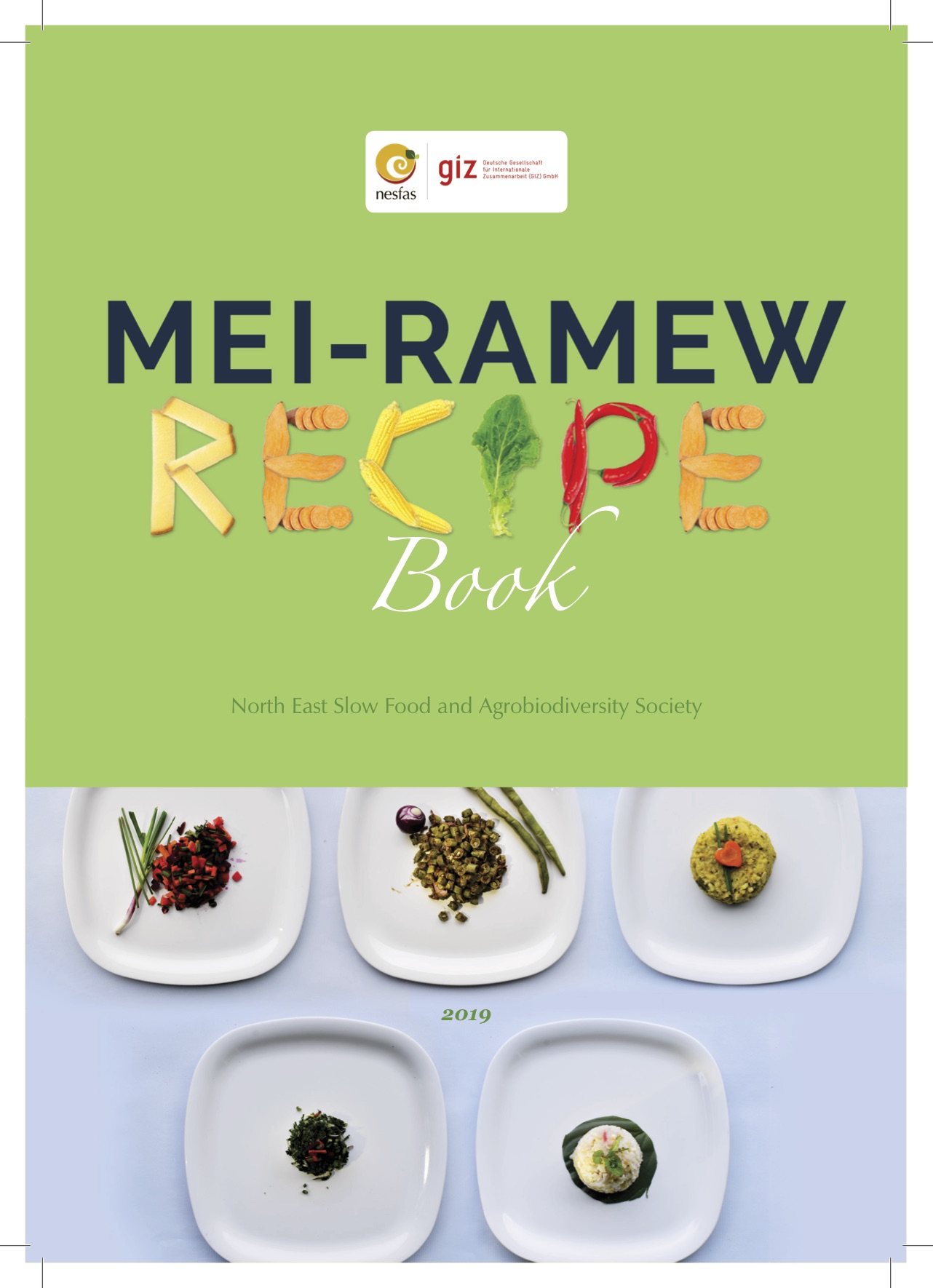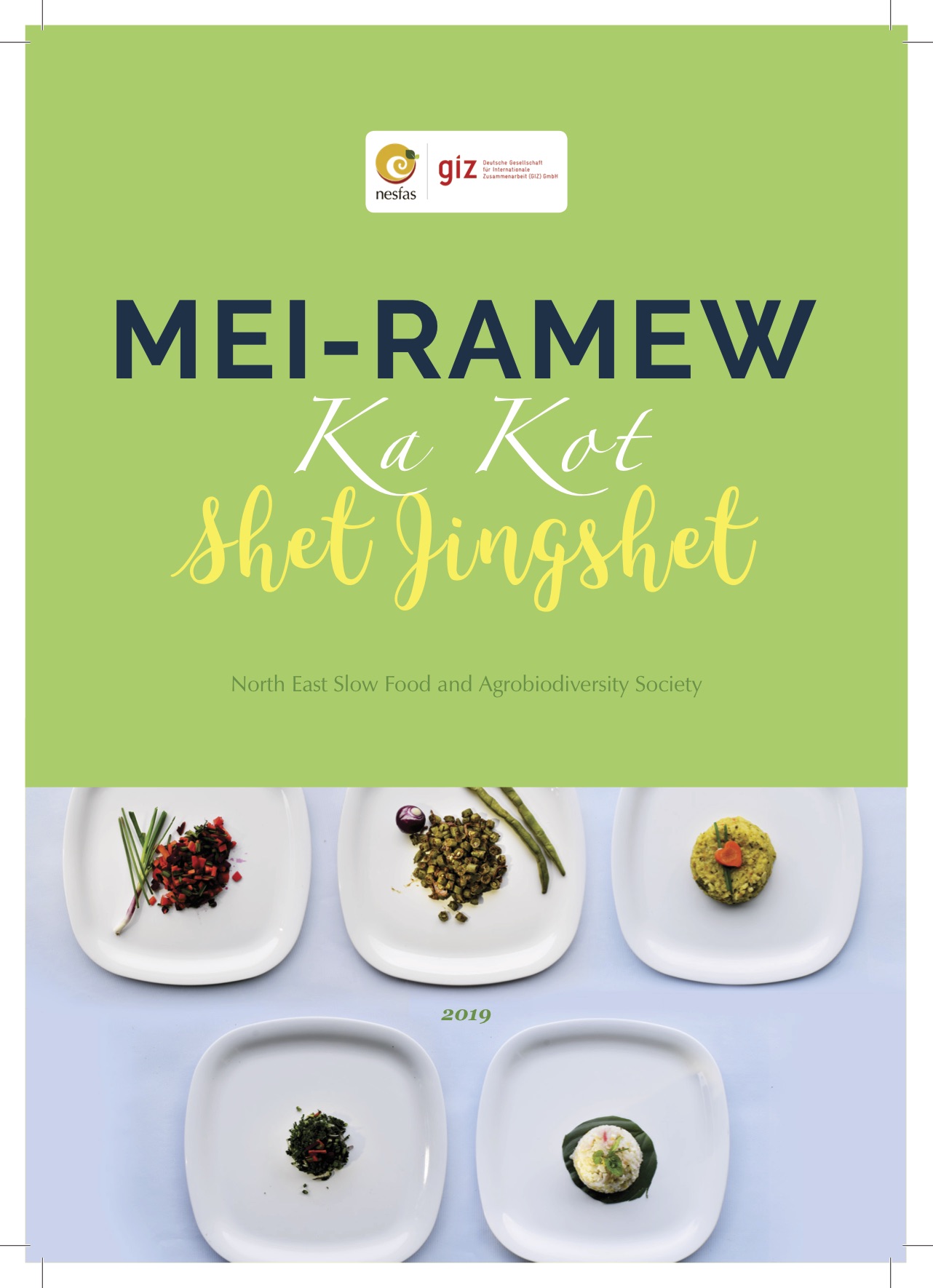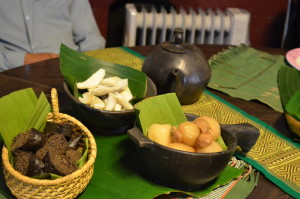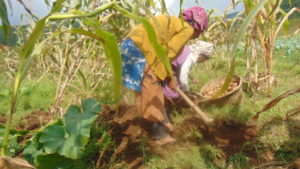As part of the GIZ project “Enhancing nutritional diversity as a means of supplementing the mid-day meals of primary school children using local resources”, NESFAS produced 6 publications, which corroborated the project.
The publications allow the lessons of the demonstrations held during this project to become a larger program in not just the Meghalaya village MDMs but to any rural indigenous food producing community.
Nutrition Manuals
The purpose of this manual (English and Khasi) is to provide the basis for which a good quality school meal programme can function. The manual draws its content from the existing rules and guidelines of the Mid Day Meal Programme of the Government of India and Government of Meghalaya and also other standardised norms from National Institute of Nutrition. This manual has been made simple and user friendly and can be used by the cooks, schoolteachers, community members and school management committees. It contains practical steps that one can take to enhance the quality of the school meal programme.
Agrobiodiversity and Priority Food Plants for Inclusion in the School Mid Day Meal Program
As part of the GIZ project, NESFAS worked with the five communities to map the local plant resources that could be included in the school meal programme. The approach has been participatory in a manner where communities have listed and prioritized the local food plants. This priority mapping of food plants book contains the local food resources that have been mapped in the five different villages, Laitsohpliah, Umdiengpoh, Mawmihthied, Nongtraw and Dewlieh. It is hoped that this volume will help the cooks and youth to understand the availability of local plant resources in their villages for use in the school meal programme or even to be used by youth from an entrepreneurial perspective.
This book contains the seasonal calendars of the agrobiodiversity list of individual food plants from the participating villages, namely; Mawmihthied, Laitsohpliah, Nongtraw, Dewlieh and Umdiengpoh (East Khasi Hills). They are classified into food groups along with information on planting and harvesting of individual food plants. In case of food plants collected from the forest only the harvesting period is given. This is mostly the case with Green Leafy Vegetables, majority of whom in fact are of the wild variety. Similarly, it is the same case with fruits, many of which can only be found from the forest. In times of food shortage these plants are highly indispensable for the community. In lieu of their importance, there have been attempts to domesticate some of the wild varieties by incorporating them in the homestead gardens, school gardens or the jhum fields.
Recipe books:
The Mid Day Meal competition was held on September 23, 2019 at Mawmihthied village whereby the five communities participated. Six members from each community participated in the competition. It was restricted only to ICDS cooks, Mid Day Meal cooks and identified potential cooks. This recipe book is not an exhaustive list of traditional recipes but it is one step to enhance the taste and flavour of local food which was produced by the cooks during the competition. This recipe book primarily is meant for school Mid Day Meals but it can also be used by mothers in their everyday cooking as all ingredients are available in the village. Encouraging the consumptions of salads in the school Mid Day Meals and households is something that schools and communities can do, as wild greens are abundantly available.


